Original text by Marina Belova
How does one imitate fur and feathers in the embroidery editor so that they look believable?
Essentially, there are 2 ways of achieving the result that is required:
- Create all the objects manually, employing traditional digitizing methods.
- Use the automatic effects like Fur which allow to quickly and effectively (or so the manufacturers claim) imitate the results of the manual work. Not many editors have this option. It is present in Tajima DGML by Pulse v. 14 and in my Stitch Era Liberty Plus. I've never seen anything like it anywhere else. But as I haven't seen all the embroidery editors, it is highly possible that such a "quick button" can be found elsewhere.
I think that before applying the effects automatically one should turn attention to how it is done in a manual mode. In my opinion, before doing something on the computer, one should focus on hand embroidery first.
Below are 2 splendid examples of hand embroidery from the book called A-Z of Thread Painting:
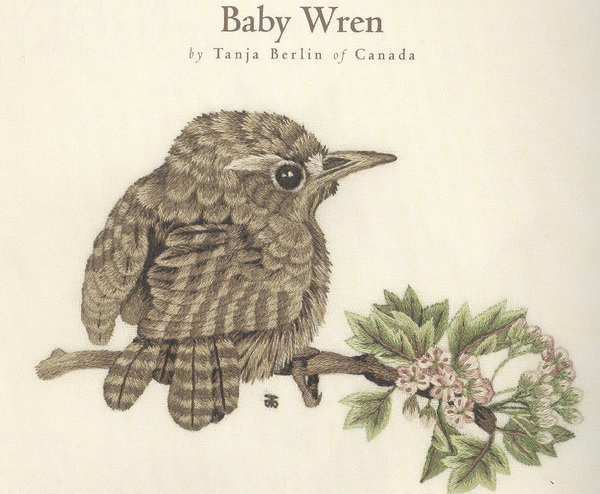
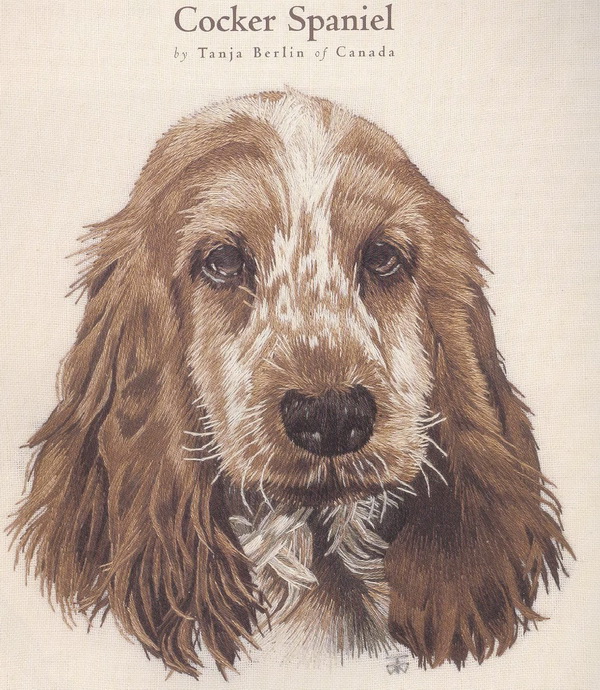
And these are the graphical charts to accompany them, divided into sections where the stitch orientation is specified in accordance with the direction in which fur and feathers grow naturally:
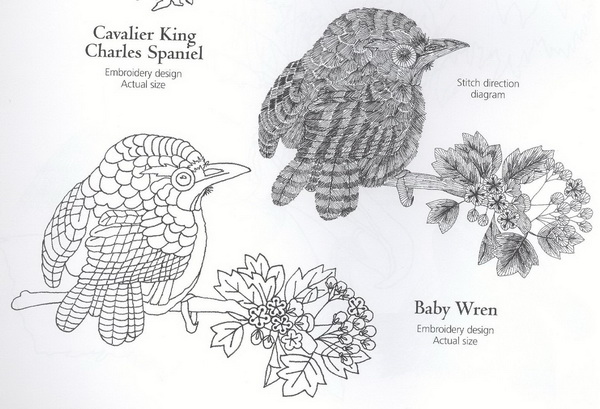

Methods proposed by the authors are of the most traditional variety — short and long stitch combination with careful color matching:
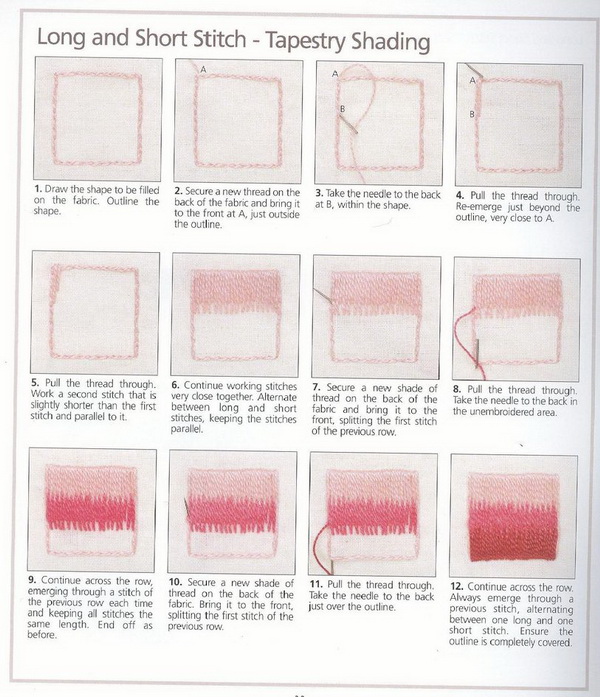
Something like that can be done in a machine embroidery editor in the manual mode. The only other thing you'll need is to set the values of density and stitch length, and also to apply some more effects that will help blending the colors in your embroidery later (like a jagged edge) or specifying the direction in which the fur naturally grows — the curves along which the Tatami stitches will be bent.
I.e. during digitizing you need to create something like this:

The process of creating such objects is not difficult and can be done in any machine embroidery editor because you'll only need a standard set of tools: satin stitch columns, Tatami fills and running stitches. The process will be long and tedious.
But it pays because you control 100% of the settings: layers' density, stitch lengths (what is extremely important for quality color blending), edge shapes, the degree of evenness of the surface, sizes of the objects and stitch orientation in them. The same cannot be said about the automatic effects, which I will cover in my later articles.
Edited by Irina

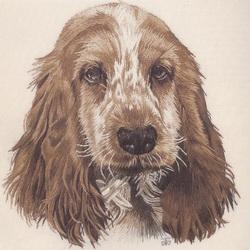

There are no reviews to display.